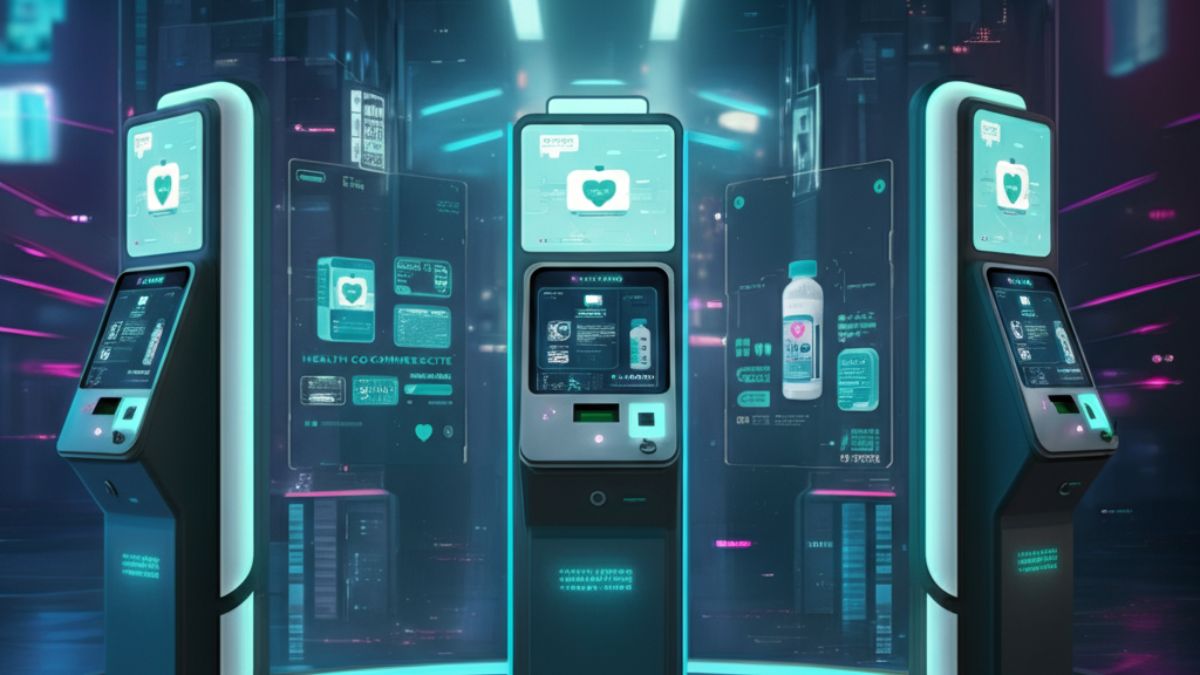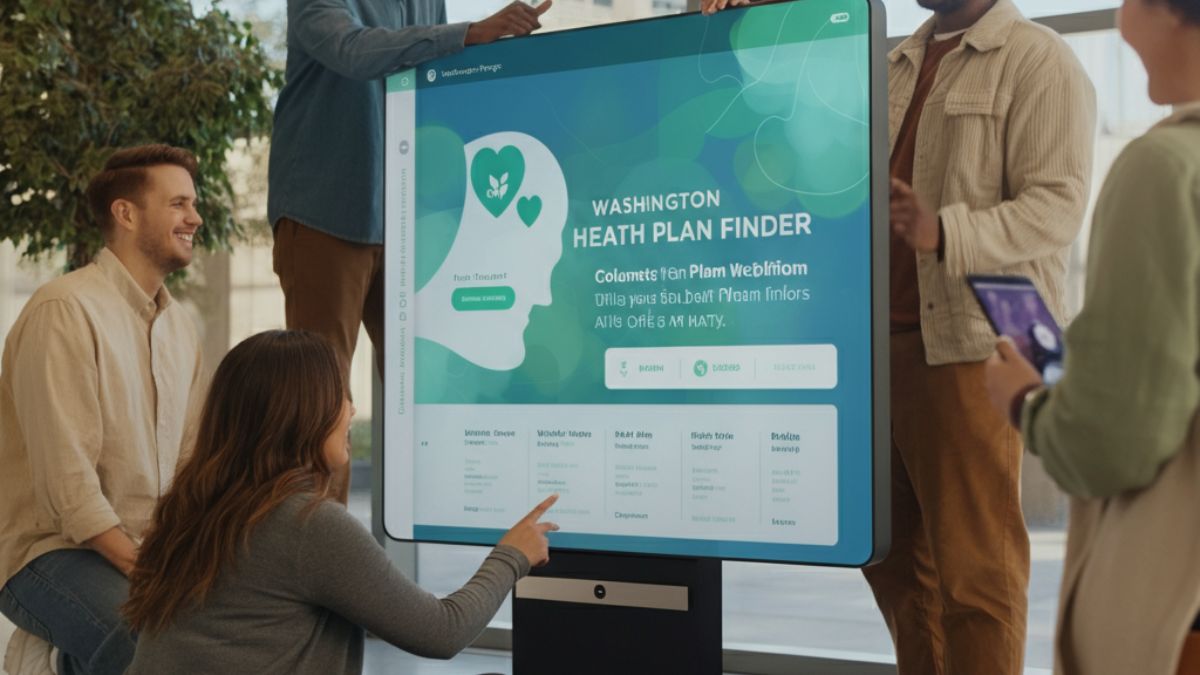Healthcare has always been a pillar of human society, but challenges still persist, including accessibility, transparency, and equitable distribution. Enter the health commerce system a game changing approach designed to bridge these gaps using technology and commerce principles. But what exactly is a health commerce system, and how can it create a more sustainable, effective healthcare environment?
This post explores the concept of a health commerce system, its benefits, and the ways it is reshaping the healthcare landscape for patients, providers, and organizations.
What is a Health Commerce System?
A health commerce system is an interconnected platform designed to streamline the purchasing, distribution, and management of healthcare services and products. It modernizes outdated systems by integrating digital tools like AI, data analytics, and e-commerce functionalities into one unified solution.
Unlike traditional healthcare models that rely heavily on manual processes between fragmented stakeholders, a health commerce system centralizes these workflows, enabling smoother operations and more efficient resource allocation. It goes beyond managing transactions to improve patient outcomes, foster collaboration between providers, and create unparalleled transparency in pricing and operations.
Why Healthcare Needs Transformation
Before discussing the benefits, it’s critical to understand the challenges the current healthcare sector faces:
1. Fragmentation
Most healthcare systems operate within silos. Communication gaps between hospitals, insurance providers, pharmacies, and patients slow down care delivery, often leading to inefficiencies and mismanagement.
2. Lack of Transparency
Patients rarely know the full cost of services upfront. Complex pricing structures between healthcare entities perpetuate confusion and elevate costs.
3. Inequitable Access
Many individuals face barriers to care due to geographic constraints or financial challenges. Rural areas, in particular, often face shortages of medical resources and specialists.
4. Administrative Overload
Providers often spend more time on administrative tasks than actual patient care. This inefficiency not only affects care quality but also contributes to burnout across the healthcare workforce.
These problems necessitate a unified solution—and that’s where a health commerce system can help.
Benefits of a Health Commerce System
Healthcare is evolving from a clinical service-driven model to one that incorporates commerce and technology. Here are the top benefits of implementing a health commerce system.
1. Improved Transparency
One of the standout advantages of a health commerce system is price transparency. Patients can view the costs of consultations, treatments, and medical supplies upfront, helping them make well-informed decisions about their care.
By integrating e-commerce principles, such systems enable searchable “catalogs” for healthcare services, much like how you’d shop online. Imagine knowing the price of surgery, aftercare, and pharmaceuticals before stepping into the hospital.
2. Increased Accessibility
Digital platforms make healthcare more accessible. Online appointment booking, telehealth support, and virtual pharmacies eliminate traditional barriers like long hospital queues or limited operating hours. Additionally, remote areas can connect to specialists through telemedicine, offering life-saving solutions to underserved communities.
3. Smarter Resource Allocation
Health commerce systems provide data-driven insights to ensure optimal resource utilization. These platforms analyze real-time consumption trends in hospitals or clinics, helping administrators allocate supplies like medications or equipment more efficiently.
4. Enhanced Operational Efficiency
Self-service portals integrated into these systems allow patients to schedule appointments, refill prescriptions, and access medical records on their own. Meanwhile, automated inventory systems reduce administrative burdens for healthcare teams, enabling doctors and nurses to focus on care delivery.
5. Lower Costs
By streamlining the system and reducing redundant processes, health commerce platforms can substantially lower operational costs. Providers also benefit from group purchasing options, reducing supply chain expenses for critical equipment or medication.
Core Features of a Robust Health Commerce System
Not all health commerce systems are created equal. Here are essential features that define an effective platform.
1. E-commerce Functionality
A user-friendly interface with e-commerce tools allows patients to browse available services, select providers, and pay directly online.
2. AI and Predictive Analytics
These technologies recommend personalized care plans based on patient data, helping providers improve accuracy and outcomes.
3. Digital Payments
Seamless payment gateways ensure secure, hassle-free transactions for patients and providers alike.
4. Interoperability
The system should integrate with existing Electronic Health Records (EHRs) and hospital information systems to enable smooth data exchange between stakeholders.
5. Telehealth Support
Built-in telemedicine capabilities ensure patients can consult with doctors remotely, improving access to care for all.
Real-World Applications
Organizations around the globe are beginning to adopt elements of health commerce systems. Here are a few examples of how they are applied in practice.
Pharmacy Integration
Digital-first pharmacies like Capsule leverage commerce technology to provide same-day medication delivery while offering clear pricing upfront.
Hospital Portals
Hospitals across the U.S., such as Stanford Medical, are shifting to self-service appointment scheduling and instant payment options, improving both convenience and the patient experience.
Global Access Initiatives
Nonprofit organizations like Medicines Sans Frontiers (Doctors Without Borders) adopt similar e-commerce tools to manage global supply chains, ensuring timely delivery of essential medicines to underserved regions.
Shaping the Future of Healthcare Commerce
The healthcare sector is long overdue for digital and operational upgrades. By integrating commerce technology into healthcare systems, organizations can address long-standing inefficiencies, enhance patient satisfaction, and adapt to the growing demand for transparency and accessibility.
It’s time to revolutionize how care is delivered—and a robust health commerce system is the perfect foundation on which to build the future.
If you’re considering optimizing your healthcare operations, start by exploring how digital tools can improve your workflows and patient satisfaction. The transformation is no longer optional; it’s necessary.
FAQs
1. What is healthcare commerce technology?
Healthcare commerce technology refers to digital solutions and platforms designed to improve operational efficiency within the healthcare sector. This includes tools for inventory management, patient billing, supplier coordination, and online ordering systems, all aimed at enhancing the overall patient and provider experience.
2. How can digital tools enhance patient satisfaction?
Digital tools streamline processes like appointment scheduling, billing, and prescription refills. They provide greater transparency, improve communication, and reduce wait times, leading to a smoother and more satisfying experience for patients.
3. Are there challenges in adopting commerce technology in healthcare?
Yes, some challenges include integration with legacy systems, ensuring data security and compliance, and training staff to use new technology effectively. However, these challenges can be overcome with proper planning and support.
4. How do commerce technologies benefit underserved regions?
By simplifying supply chains and improving logistics, commerce technologies ensure timely delivery of essential medical supplies to underserved and remote regions, helping to bridge healthcare disparities.
5. Why is adopting healthcare commerce systems essential now?
The rising demand for accessible and efficient healthcare services, especially post-pandemic, has made it imperative to adapt to modern digital solutions. Faster workflows, better patient outcomes, and cost savings highlight the urgency.











